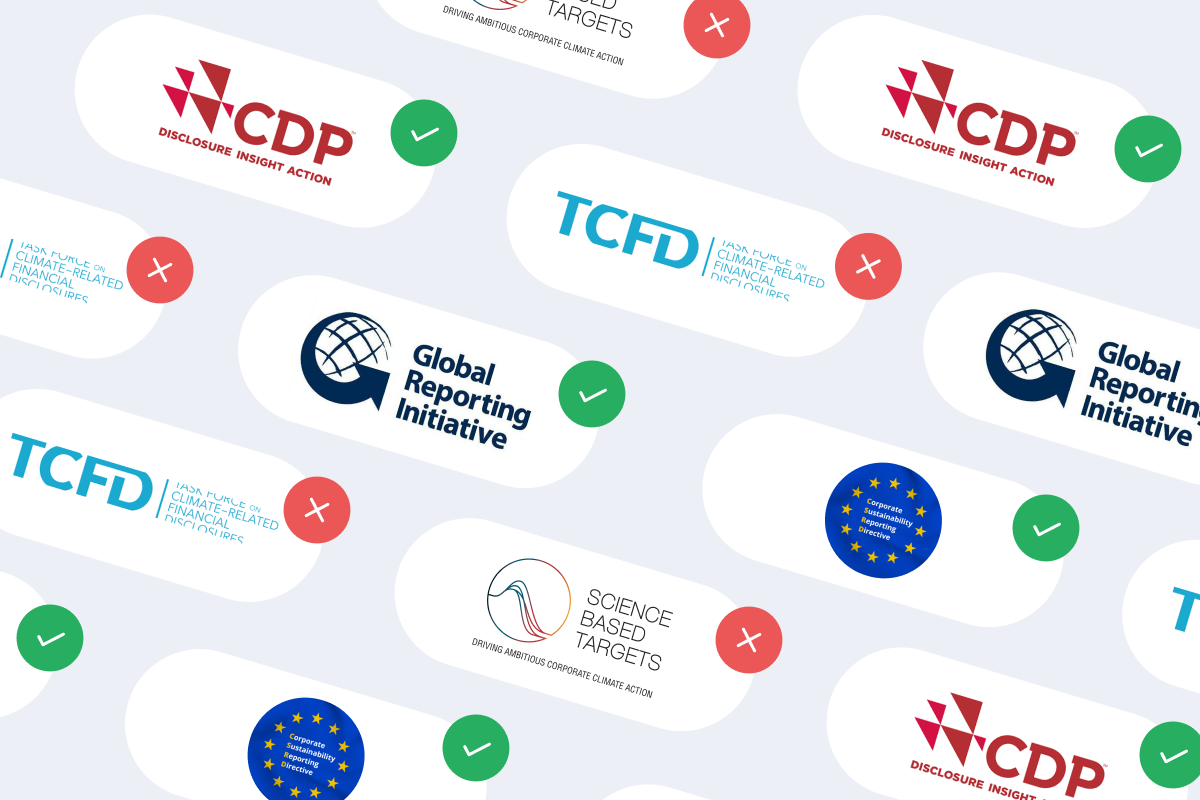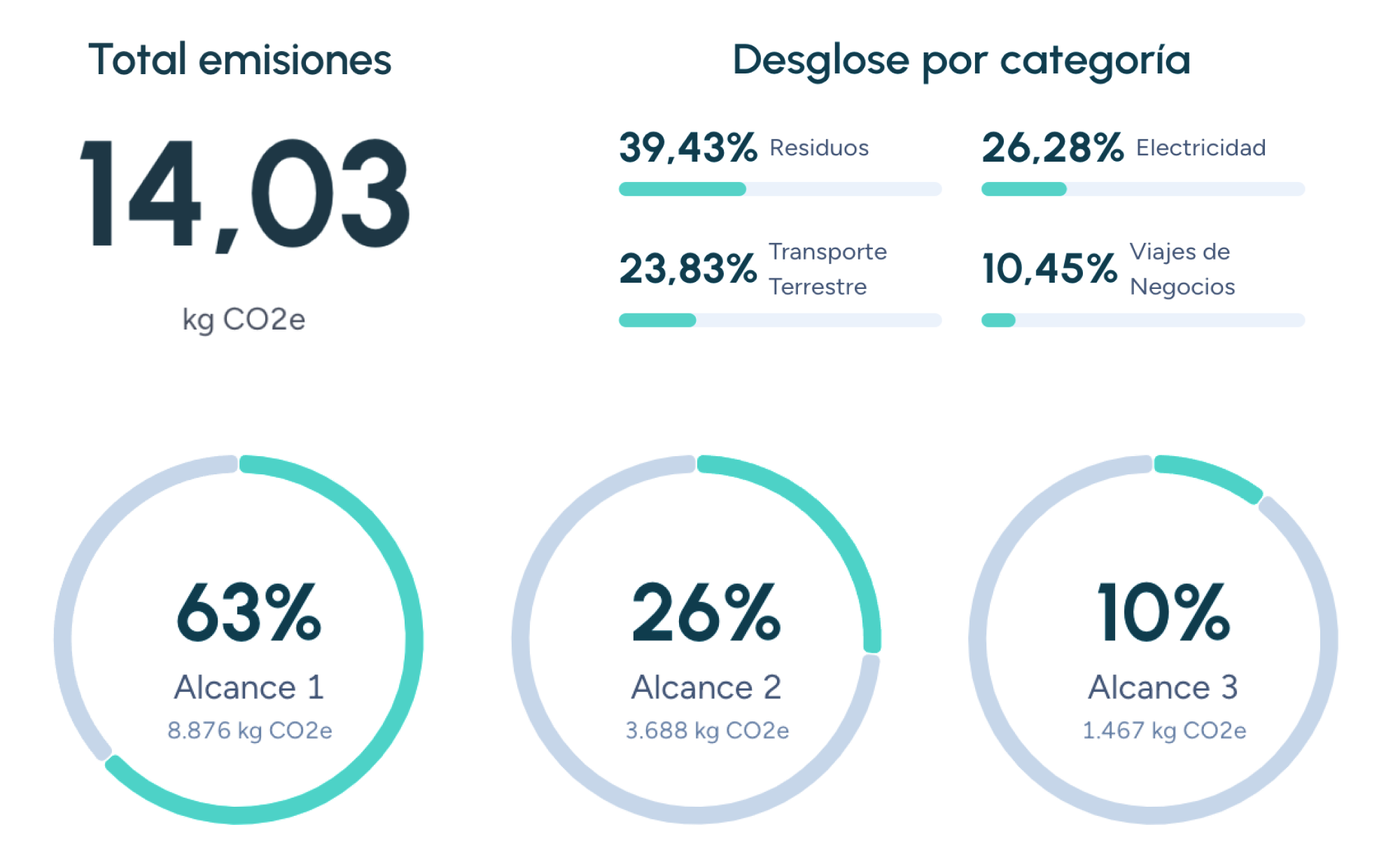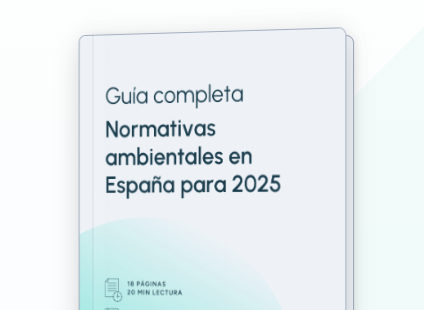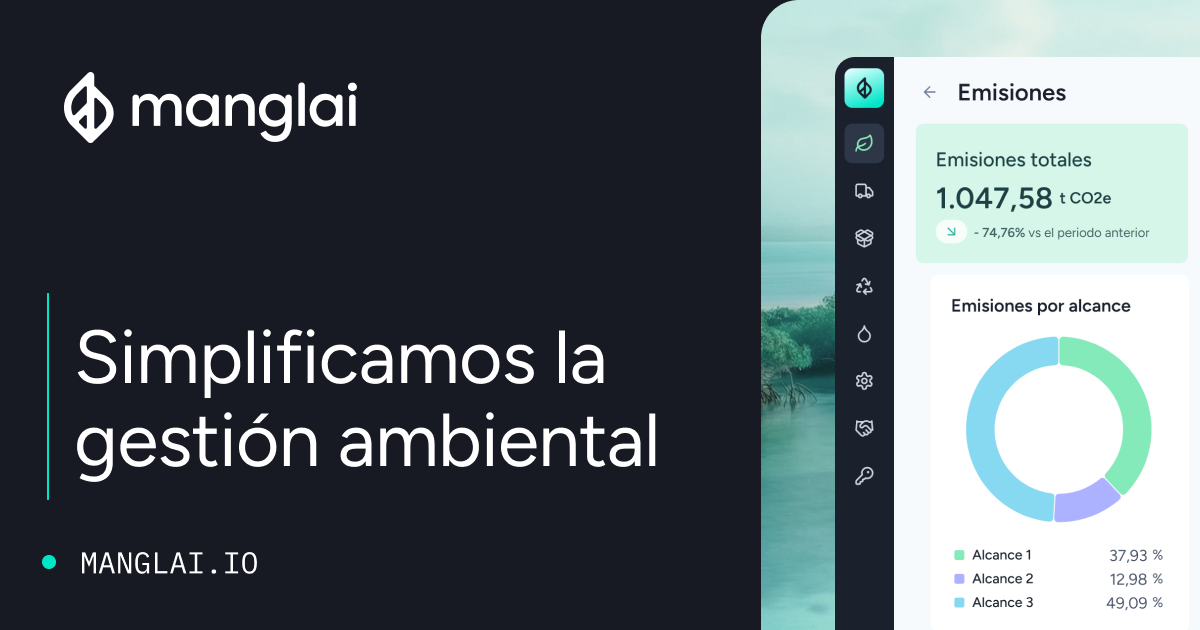Back to the blog
Water footprint
Blue Water Footprint: What it is and How It is Calculated
Paula Otero
Environmental and Sustainability Consultant
The blue water footprint is one of the most important concepts in water management and sustainability. It refers to the volume of fresh water withdrawn from surface- or ground-water bodies to produce goods and services. Manglai
It is considered a key indicator for assessing the environmental impact of water consumption across industries and human activities.
In this article we explain exactly what the blue water footprint is, how it is calculated and why it matters for sustainability.
What is the Blue Water Footprint?
The blue water footprint measures the amount of fresh water directly used in producing a product or service and coming from external sources such as rivers, lakes and aquifers. It includes not only the visible water used during manufacturing, but also the water consumed in upstream stages of the supply chain. For instance, producing rice involves blue water for irrigation drawn from freshwater sources. Because water is a finite resource, managing it properly is crucial to safeguarding ecosystems and human well-being.
If you want to learn more about the water footprint and its environmental impact, check out our article: What is the Water Footprint and How does it Impact the Environment?
Examples of Blue Water Footprint
- Conventional cotton: 10,100 L of blue water per kg of fiber.
- Irrigated Arabica coffee: 1,120 L per 125 mL cup.
- 5 nm microchip: 32 L per unit (polishing and chemical cleaning stage).
How is the Blue Water Footprint Calculated?
Calculating the blue water footprint involves several steps:
- Identify water sources – surface (rivers, lakes) or ground-water (aquifers) used in each production stage.
- Measure the volume withdrawn – expressed in cubic metres of water per functional unit.
- Add up all processes – from raw-material production to final manufacturing, then express the result in litres per product.
The blue water footprint varies by product type, geographic location and production process. Crops such as coffee or cotton generally show higher blue footprints because of intensive irrigation, whereas others need far less.
Step-by-step method (ISO 14046)
- Step 1: Define system boundaries (cradle-to-gate, gate-to-gate)
- Step 2: Create a flow inventory – measure m³ s-¹ withdrawn at each point (IoT flow meters)
- Step 3: Allocate use to each functional unit – e.g. in OpenLCA (water module)
- Step 4: Normalise – convert to L per unit using WaterStat factors
- Step 5: External verification – SGS / Bureau Veritas certification
Blue Water Footprint in different industries
To better understand the calculation and influencing factors of the blue water footprint, consider examples from various industries:
- Agriculture: Irrigated crops such as rice or cotton have very high blue footprints because of the large volumes required for irrigation.
- Textile Industry: Producing fibres such as cotton and dyeing or washing garments (e.g. T-shirts, jeans) consumes substantial blue water.
- Food and Beverage: The footprint varies widely; orange-juice production, for instance, is water-intensive because of the water needed to grow the fruit.
If you're interested in learning more about how the water footprint affects other sectors, check out our articles on the water footprint in agriculture and on how to measure the environmental impact of products through Life Cycle Assessment (LCA).
Strategies to reduce Blue Water Footprint
Here are some strategies to help reduce the blue water footprint:
- Operational: Convert flood irrigation to pressurized drip systems — estimated reduction of 40–55%.
- Technological: CIP with compressed air + pulsed water — 20–35%.
- Treatment: MBR + RO systems with recirculation — 50–70%.
- Supply: "Water-positive" agreements with BCI farmers — >50%.
- Product design: Replace cotton with modal (−65% BWF) — 60–70%.
Blue Water Footprint and Sustainability
The blue water footprint is a key indicator for evaluating the sustainability of a product or service, reflecting the impact of water consumption on biodiversity and aquatic ecosystems. Excessive water use in production can lead to overexploitation of water sources and degradation of aquatic ecosystems.
Reducing the blue water footprint contributes to conserving water resources and improving production process efficiency. Strategies include optimizing water use, implementing water recycling systems, and adopting more efficient agricultural practices.
To learn more about strategies for reducing the water footprint in businesses, take a look at our article on how companies can reduce their water footprint.
Blue Water Footprint: A fundamental indicator for measuring Water Consumption Impact
The blue water footprint is essential for measuring the environmental impact of water consumption and assessing the sustainability of products or services. Through its calculation and analysis, we can identify areas to improve water use efficiency and reduce the environmental impact of human activities.
Adopting sustainable practices to minimize the blue water footprint is crucial to ensure water availability for future generations.
If you want to dive deeper into how the water footprint impacts different sectors and how to calculate it effectively, be sure to explore more content on our blog, such as the green water footprint and the gray water footprint.
FAQs about Blue Water Footprint
Does the blue water footprint include pollution?
No. Pollution load is reflected in the grey water footprint; the blue water footprint measures only water volume withdrawn.
What is the difference between blue and green water footprint?
- Green: rainwater in soil.
- Blue: pumped water.
- Grey: water for pollutant dilution.
How does climate change affect the blue water footprint?
It decreases surface water availability, forcing a 30% increase in groundwater extraction in semi-arid basins.
Are there tax incentives to reduce it?
In Spain, Law 1/2023 offers a 10% Corporate Tax deduction for investments in water efficiency.
What KPIs complement the blue water footprint?
- Water Scarcity Footprint (AWARE).
- Water Dependency Index.
- Percentage of recycled water over total withdrawn.
Paula Otero
Environmental and Sustainability Consultant
About the author
Biologist from the University of Santiago de Compostela with a Master’s degree in Natural Environment Management and Conservation from the University of Cádiz. After collaborating in university studies and working as an environmental consultant, I now apply my expertise at Manglai. I specialize in leading sustainability projects focused on the Sustainable Development Goals for companies. I advise clients on carbon footprint measurement and reduction, contribute to the development of our platform, and conduct internal training. My experience combines scientific rigor with practical applicability in the business sector.
Content
Companies that trust us

Technologies for Optimizing the Water Footprint in the Textile and Agri-Food Industries
Discover how digitalization, water reuse, and artificial intelligence are transforming water management in the textile and agri-food sectors
29 October, 2025
Strategies to Reduce the Water Footprint of Companies
Learn techniques and tools to minimize water impact in processes and products.
03 September, 2025
Corporate Water Responsibility: Key Strategies for Water Management in Companies
Learn how companies can adopt responsible practices in water use and management.
01 September, 2025
Guiding businesses towards net-zero emissions through AI-driven solutions.
© 2025 Manglai. All rights reserved
Política de Privacidad


